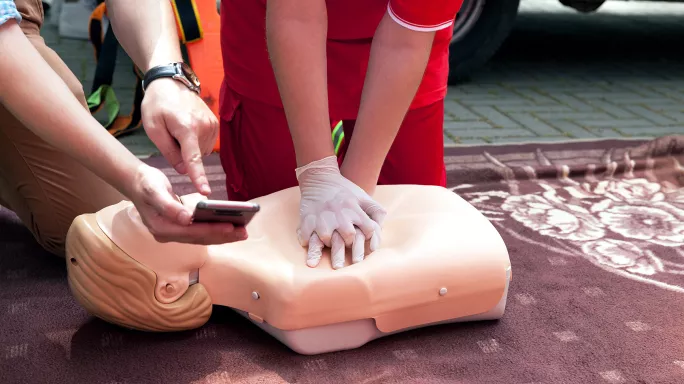- Home
- Three tips for more effective modelling
Three tips for more effective modelling

In his 2015 book Leading, former Manchester United manager Sir Alex Ferguson writes that the way to get the best out of people is by “getting them accustomed to triumphs, and convincing them that they are capable of improving their performance”.
This holds true for pupils as much as for footballers – and modelling is one the most important tools that a teacher can use to make sure this happens.
I learned to model effectively on school playing fields, in my former life as a secondary PE teacher. It was there that I honed the skills of practical demonstration that would allow pupils to go away and confidently practise a new concept until they had mastered it.
Modelling can take many forms. Here are some of the approaches you can take to model well and help pupils to become “accustomed to triumph”.
Quick read: Five steps to better modelling
Quick listen: Why you have got direct instruction wrong
Want to know more? Want pupils to pay more attention? Change it up
1. Live modelling
This is an "I do, you watch" approach that involves focused instruction. The teacher models the skill or activity in front of the students in real time, verbalising the thoughts and actions involved as they do so. For example, modelling writing a narrative paragraph on the board before you ask pupils to attempt the same.
It is crucial that you verbalise your thinking as well as your actions, because this is the part of the process that will be less obvious to pupils. A recent Education Endowment Foundation report on metacognition stresses the importance of “modelling the thought process of an expert learner”. You are the expert here, so make sure that you make your thought processes explicit to pupils.
2. Small steps modelling
The easiest way to approach any task is to break it down into small chunks, rather than trying to tackle it as a whole. Teaching pupils to split up a task into manageable parts and then to prioritise and sequence these appropriately will help them to experience success.
In my opinion, there is no better approach to this than maths teacher Craig Barton’s “worked example”. Barton’s method involves drawing a line down the middle of your board, so that you can have a completed example (which you have already modelled working through, step by step) on the left and a mathematically similar example for pupils to attempt for themselves immediately after the demonstration.
Having the visual reminder of the individual steps you took will support pupils to break up the question and repeat the steps themselves.

3. Model misconceptions
Often, when we model, we will present to pupils "what a good one looks like" (WAGOLL). But how often do we take the time to model common mistakes and how to overcome them?
Part of your lesson planning process should involve thinking through the likely misconceptions that your pupils may arrive at in the topic, and considering how you will tackle these.
If you can identify common mistakes in advance and then demonstrate and discuss these with pupils before they begin a task, you will save yourself from having to repeatedly give the same feedback about the same mistakes as you circulate the room. Instead, you will be free to give more useful, personalised feedback that will help each child to succeed.
Laurence Holmes is a teacher at the Mill Primary Academy in West Sussex
Further reading
- How to build a primary curriculum
- Failure is not an option (but it should be)
- Pupils not concentrating? Get out the superhero costumes
Register with Tes and you can read two free articles every month plus you'll have access to our range of award-winning newsletters.
Keep reading with our special offer!
You’ve reached your limit of free articles this month.
- Unlimited access to all Tes magazine content
- Save your favourite articles and gift them to your colleagues
- Exclusive subscriber-only stories
- Over 200,000 archived articles
- Unlimited access to all Tes magazine content
- Save your favourite articles and gift them to your colleagues
- Exclusive subscriber-only stories
- Over 200,000 archived articles

